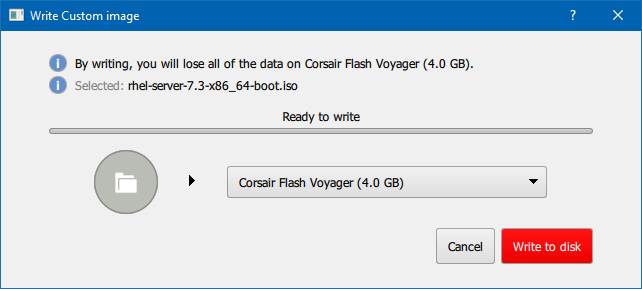
How To Make A Boot Usb For Linux On Mac
I'm going to walk through the steps of making a bootable USB flash drive on Mac OS X. May 26, 2014 - To test Ubuntu Linux on a Mac: insert the USB drive into an available USB port. Reboot, or turn on, the Mac. Immediately after the start-up chime press the Option key (sometimes marked alt) Select the USB drive from which to boot by using the left and right arrow and Enter keys.
And while users historically would pop a boot media disk into their drive, many computers no longer come with optical disk drives. As a result, booting from USB media is becoming the standard. How you start that rescue media can vary depending on the operating system you are using, but there are a few general guidelines that can help get your machine started, regardless of the OS you prefer.
So if your system is unstable, you need to run a diagnostic tool on the hard drive, or you just want to load a Linux desktop just to see what it’s all about, let’s look at how you start your machine using rescue USB boot media. How to boot a Mac from USB media Getting your Mac to load from a USB drive is fairly straightforward. • Insert the USB boot media into an open USB slot.
![]() • Press the Power button to turn on your Mac (or Restart your Mac if it’s already on). • When you hear the startup chime, press and hold the Option key. Holding that key gives you access to OS X’s Startup Manager.
• Press the Power button to turn on your Mac (or Restart your Mac if it’s already on). • When you hear the startup chime, press and hold the Option key. Holding that key gives you access to OS X’s Startup Manager.

Once the Startup Manager screen appears, release the Option key. The utility will look for any available drives that include bootable content. • Using either the pointer or arrow keys on the keyboard, select the USB drive you wish to boot from. • Once selected, either hit the Return key or double-click your selection. The machine will start to boot from the USB drive. NOTE: Have multiple USB devices connected to your Mac? The Startup Manager only lists drives that include bootable content.
Boot from USB: Windows Starting your PC using USB rescue media is not difficult, although it first requires an adjustment in the BIOS (Basic Input Output System). That’s because the BIOS settings include the boot sequence the machine follows when starting up. The boot order tells the machine which devices to search for the software needed to launch the computer and the priority each device in that search. If you’re booting from USB media, you must change the BIOS boot order so the USB device is listed first. Otherwise the computer will load from the hard drive as normal. Start by plugging the thumb drive into a USB port. Then t o change the BIOS boot sequence: • Press the Power button for your computer.
• During the initial startup screen, press ESC, F1, F2, F8 or F10. (Depending on the company that created your version of BIOS, a menu may appear.) • When you choose to enter BIOS Setup, the setup utility page will appear. • Using the arrow keys on your keyboard, select the BOOT tab.
All of the available system devices will be displayed in order of their boot priority. You can reorder the devices here. • Move USB to be first in the boot sequence.